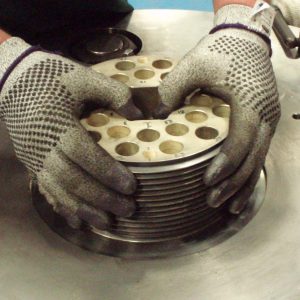
ITER’s central magnet requires a powerful support cage
US ITER is building one of the world’s largest and most powerful electromagnets to energize the ITER tokamak, a device that confines plasma in the shape of a doughnut.

US ITER is building one of the world’s largest and most powerful electromagnets to energize the ITER tokamak, a device that confines plasma in the shape of a doughnut.
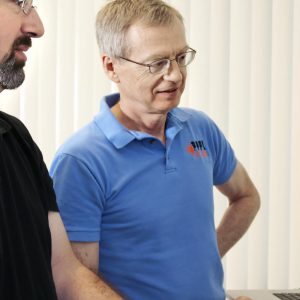
When the ITER experimental fusion reactor begins operation in the 2020s, over 40 diagnostic tools will provide essential data to researchers seeking to understand plasma behavior and optimize fusion performance. But before the ITER tokamak is built, researchers need to determine an efficient way of fitting all of these tools into a limited number of […]
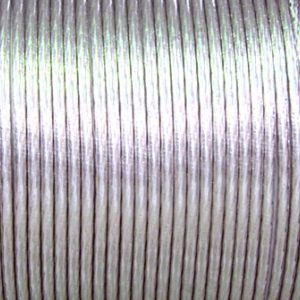
US ITER and its vendors are moving into a new fabrication phase for the toroidal field magnet system in the international ITER fusion reactor.
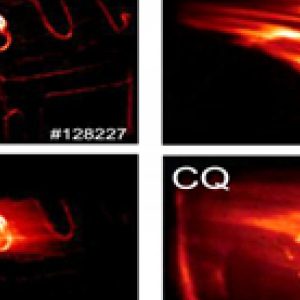
ITER, the world’s first reactor-scale fusion machine, will have a plasma volume more than 10 times that of the next largest tokamak, JET. Plasma disruptions that can occur in a tokamak when the plasma becomes unstable can potentially damage plasma-facing surfaces of the machine. To lessen the impact of high energy plasma disruptions, US ITER […]

―Agatha Bardoel Understanding and monitoring electron density profile evolution and density fluctuations is essential for assessing the stability of fusion performance inside a tokamak. A new system that monitors electron density, known as the low field side reflectometer, is one of US ITER’s diagnostics contributions to the ITER tokamak now under construction in France. ITER […]
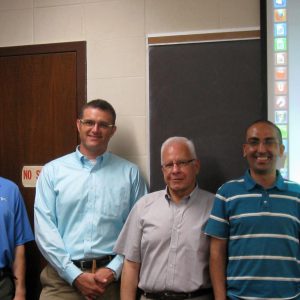
Computer codes calculate nuclear heating, neutron radiation damage and activation of fusion reactor materials. ―Lynne Degitz US ITER researchers at the University of Wisconsin and Oak Ridge National Laboratory are developing advanced processes to assess ITER’s unique tokamak components and materials in the presence of the tremendous amount of neutron flux and energy released by […]
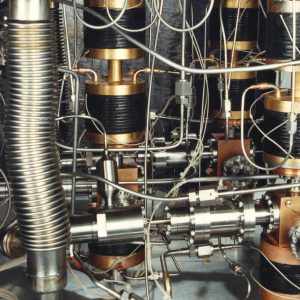
―Agatha Bardoel Using a cryogenic deuterium pellet injector installed on the DIII-D tokamak operated for the Department of Energy Office of Science by General Atomics in San Diego, ORNL researchers and collaborators were able to fire millimeter-sized frozen deuterium pellets into ultra-hot plasma at a rate of 60 times per second. The results demonstrate that […]
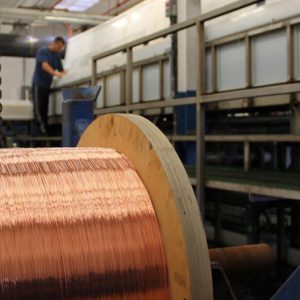
The ITER experimental fusion facility, now under construction in southern France, will use 100,000 kilometers of low-temperature, helium-cooled superconducting wire to generate the immense toroidal magnetic fields needed to confine 150 million degree Celsius plasma inside a tokamak machine.
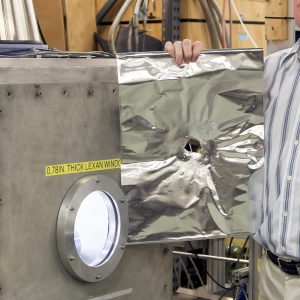
―Agatha Bardoel Oak Ridge National Laboratory’s Fusion Pellet Fueling Lab has been at the center of design and testing of plasma fueling systems for tokamak research applications for decades. Since the mid-1970s, lab researchers have been designing, testing, and contributing hardware for fusion magnetic confinement experiments here in the United States and around the world. […]